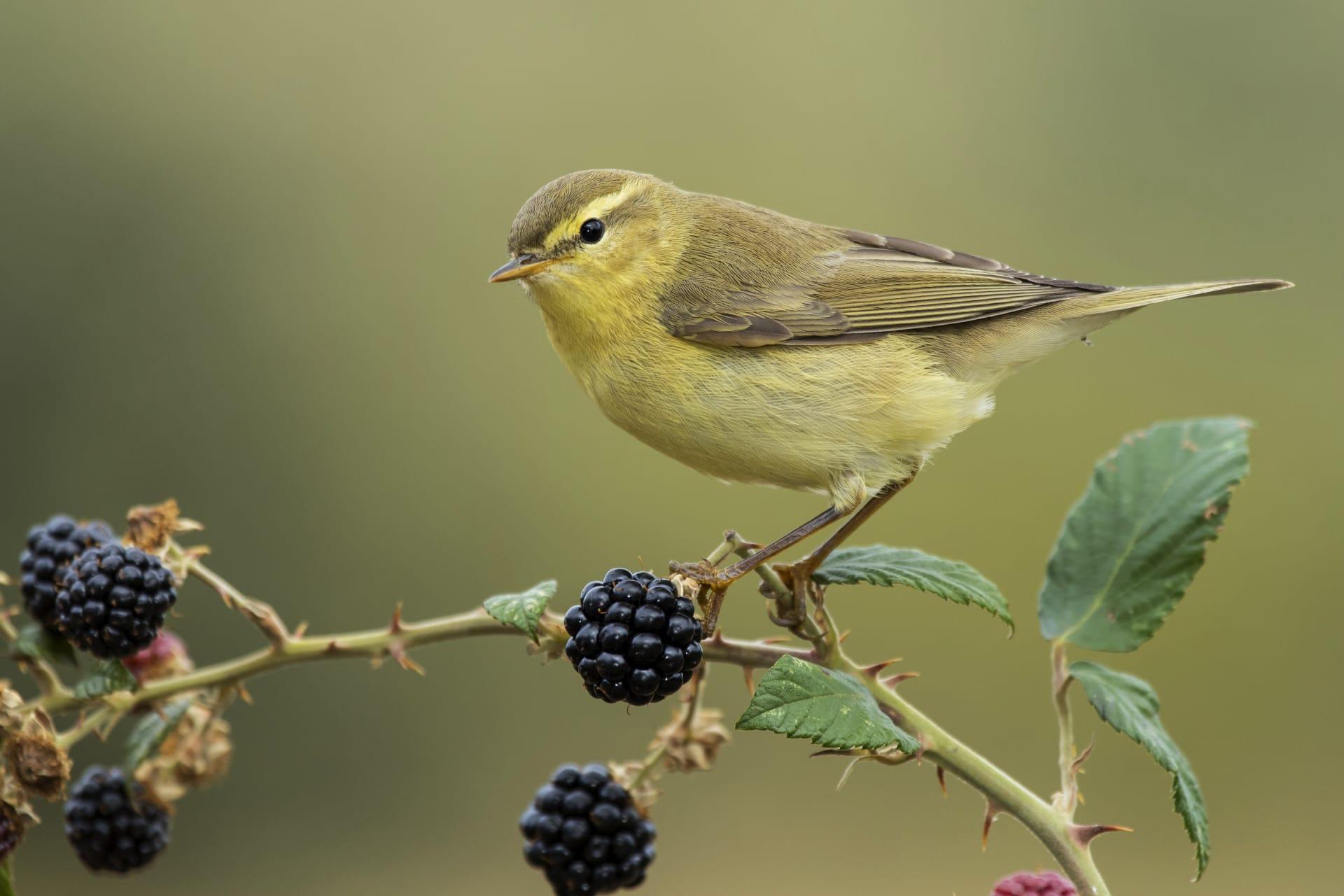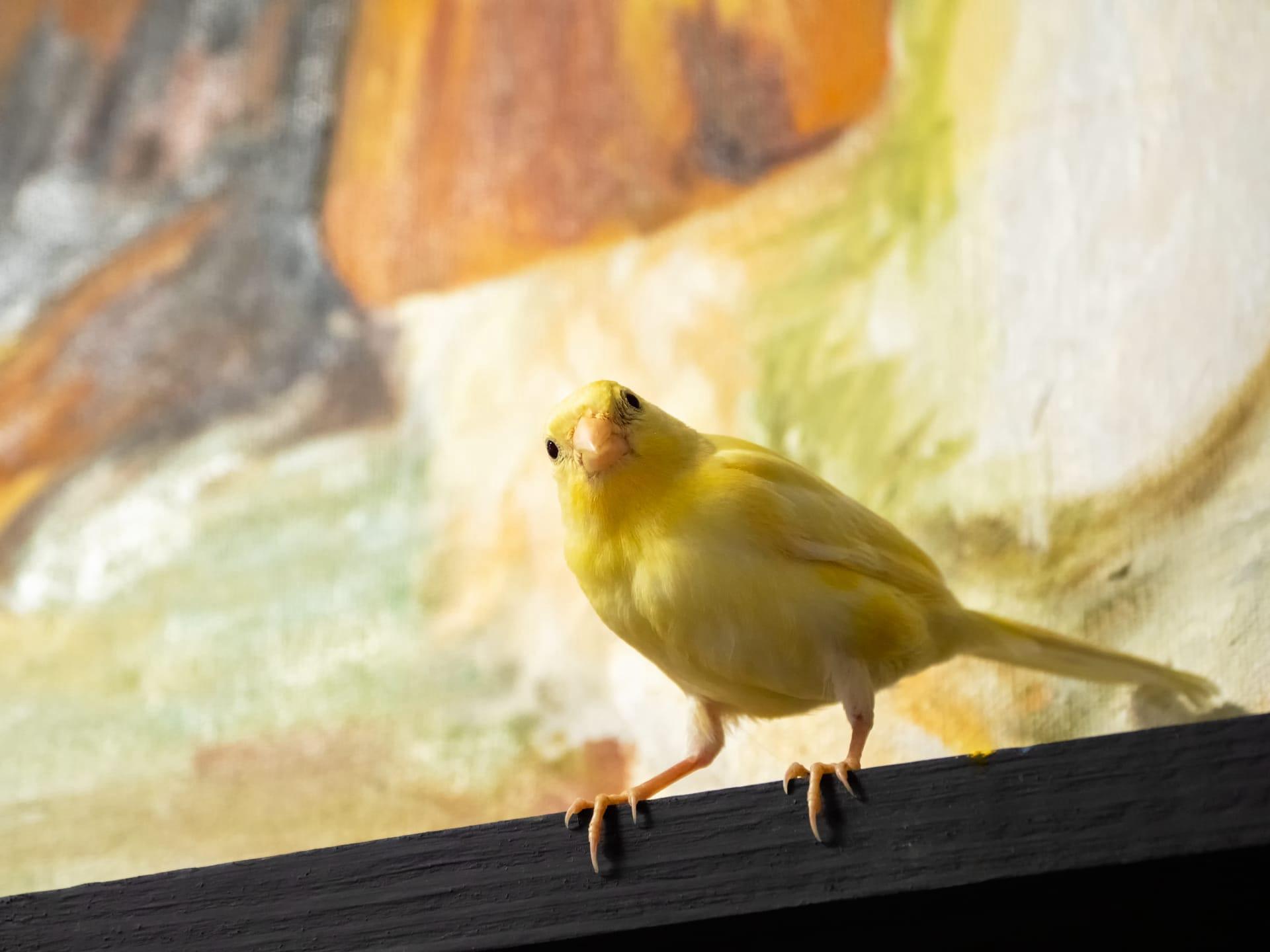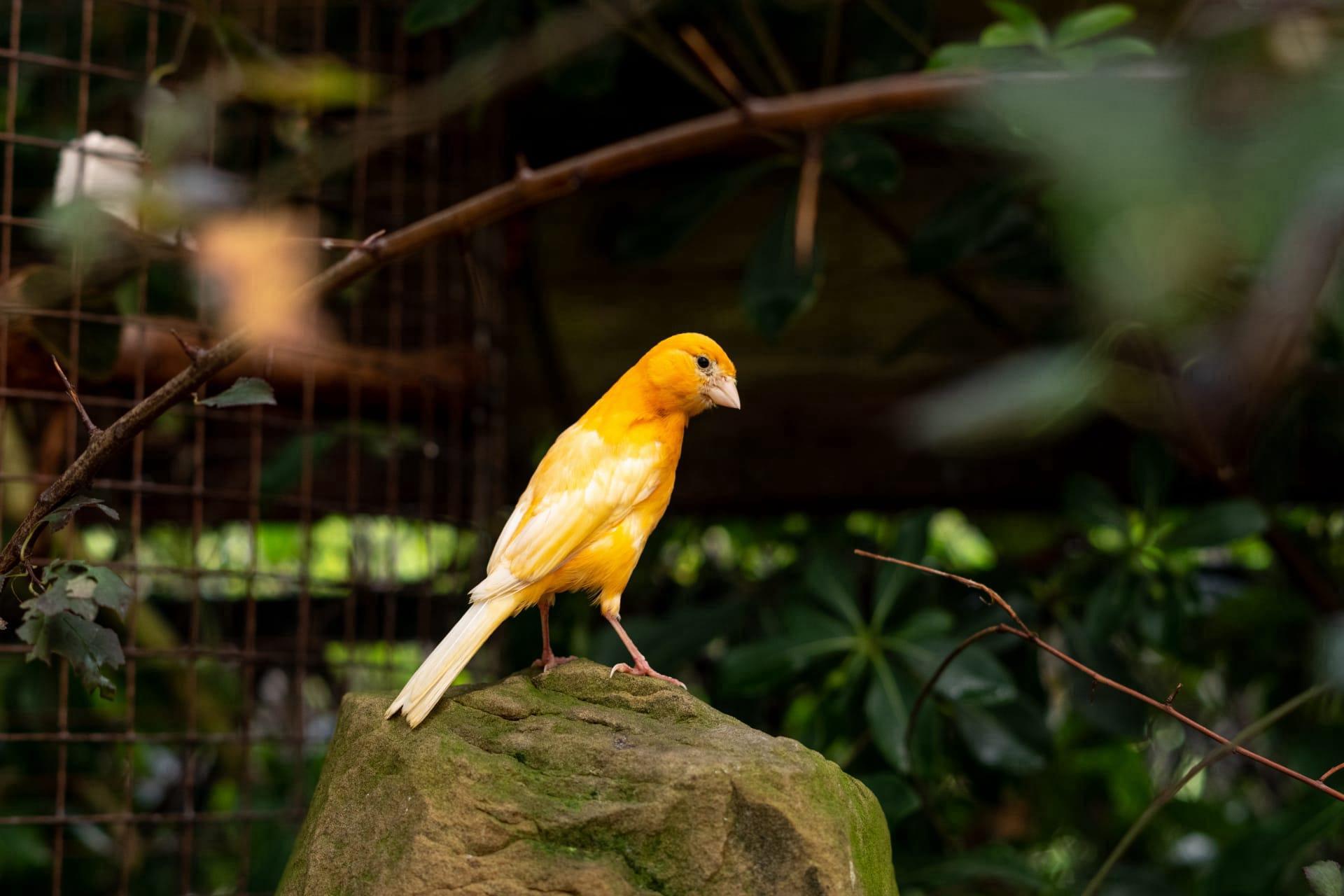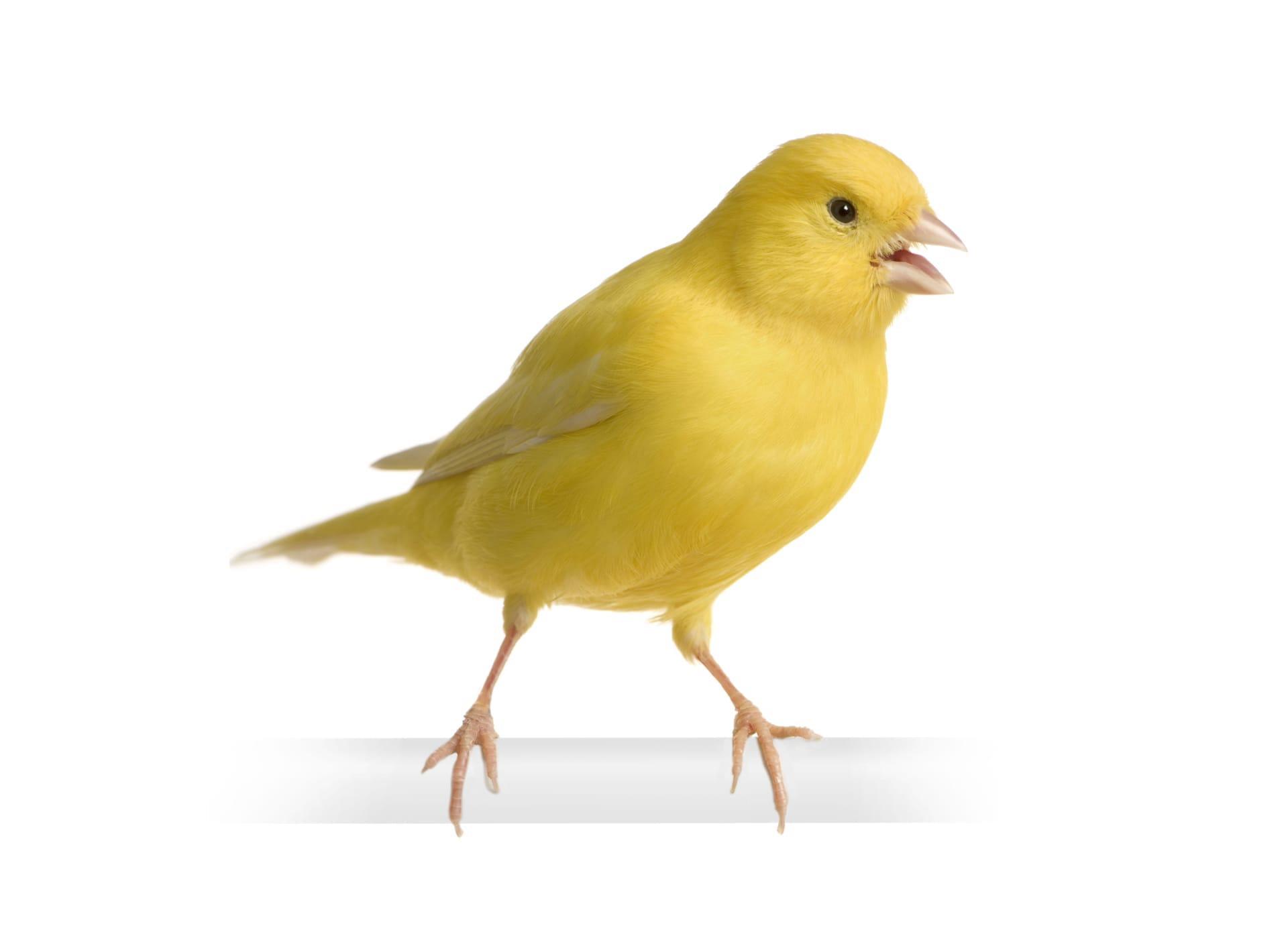1
Canaries, known for their vibrant yellow plumage, can actually possess a wide range of colors due to selective breeding. These colors include orange, red, white, and even brown. Their color is influenced by diet and genetics, with some breeders using specific feeds to enhance the brightness and vibrancy of their feathers. For example, feeds rich in beta-carotene can intensify the yellow and orange tones in canaries.
The singing abilities of male canaries are not just for show; they play a crucial role in their social communication. Each male has a unique song, which he uses to attract females and assert territory. Intriguingly, these songs can vary significantly, depending on factors like the canary's environment and upbringing. In captivity, canaries have been known to mimic sounds from their surroundings, including other bird species and even human-made noises.

2
Canaries have an impressive lifespan for such small birds, typically living between 7 to 10 years, though some can reach up to 15 years in a well-maintained environment. This longevity is quite remarkable when compared to other small birds. The key to their long life is a combination of genetics, diet, and environment, with proper care playing a significant role.
Historically, canaries were used in coal mines to detect dangerous gases, such as carbon monoxide. These small birds are more sensitive to toxic gases than humans, showing distress or even perishing before gas levels become hazardous to miners. This practice, though now replaced by technology, highlights the canary's unique sensitivity to air quality, a trait still studied by scientists for understanding air pollution effects on biology.

3
Female canaries are adept at building nests, often using a variety of materials such as twigs, feathers, and even paper if available. These nests are meticulously constructed, with the female shaping the interior with her body to ensure comfort and safety for her eggs. The nest construction process is a critical part of their reproductive cycle and showcases their instinct for creating a secure environment for their offspring.
Canaries have a fascinating way of maintaining their health - through dust bathing. Unlike many birds that bathe in water, canaries often prefer to roll in fine sand or dust. This behavior helps them to maintain their feather health by removing excess oil, dirt, and parasites. It's a natural grooming process that not only keeps their feathers in top condition but also seems to be a joyful activity for them, often observed as playful and enthusiastic.

4
Canaries are not naturally yellow. The iconic yellow coloration of the domestic canary is actually a result of selective breeding. Wild canaries, predominantly found in the Canary Islands, Azores, and Madeira, are mostly greenish-yellow with brownish streaks, blending seamlessly with their natural environment. The vivid yellow canaries we commonly see are bred to exhibit this color, showcasing the impact of human intervention on animal traits.
The vocal range and complexity of canary songs are remarkable. Male canaries can learn and produce up to 30 different song phrases, which they cleverly string together in varying sequences. This vocal prowess is not just for attracting mates but also for deterring rivals. Interestingly, the quality and complexity of a canary's song can be influenced by their surroundings, with birds exposed to a more diverse range of sounds often developing more intricate songs.

5
Canaries have a heightened sense of rhythm, often matching their song tempo to external rhythms, a trait rarely seen in the animal kingdom. Researchers have found that canaries can adjust their song's rhythm in response to music or rhythmic sounds, a fascinating display of auditory processing and adaptation. This ability further underlines the complexity of their communication and cognitive capabilities.
Despite their small size, canaries have a big impact on air quality research. Their sensitivity to air pollutants has made them a subject of scientific studies, where researchers analyze how air quality affects their health and behavior. This research not only provides insights into the environmental impacts on birds but also has broader implications for understanding air pollution effects on human health, given the canaries' sensitivity to changes in air quality.